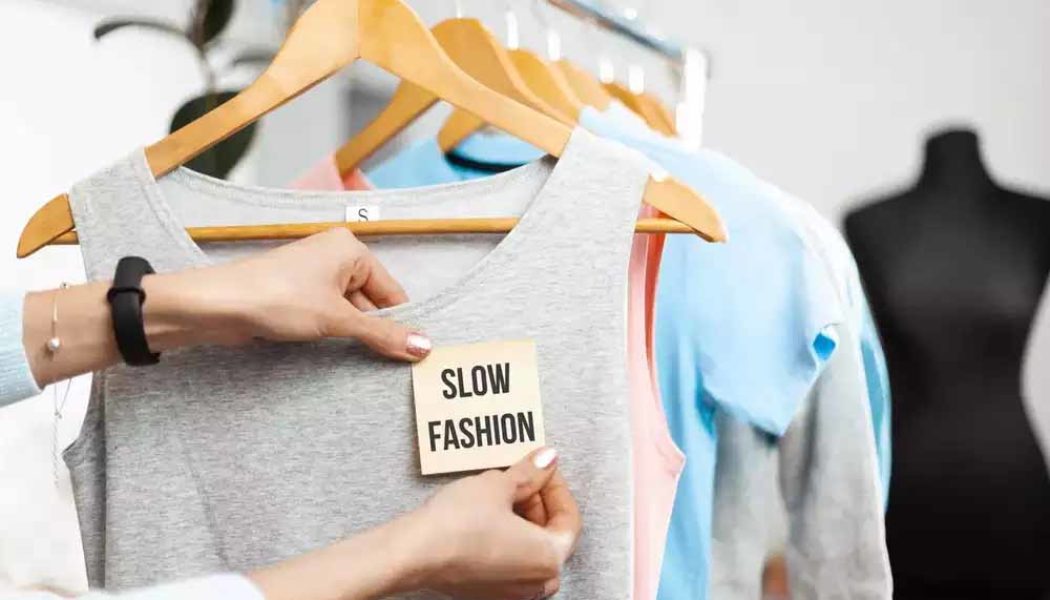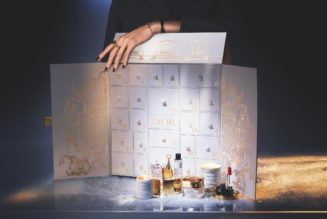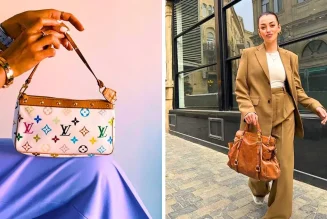The allure of luxury fashion has long captivated consumers worldwide, embodying status, exclusivity, and high-quality craftsmanship. However, recent trends suggest a notable shift in consumer behaviour, with many swearing off high-end luxury brands. This shift is evidenced by a significant fall in sales, influenced by various factors including sustainability concerns, economic challenges, and the rise of alternative shopping options. As global consumption patterns evolve, the luxury fashion industry faces a pivotal moment of transformation.
Decline in Luxury Fashion Sales
The luxury fashion sector has seen a marked decline in sales recently. For instance, Burberry reported a 4 per cent drop in revenue in the first quarter of 2024, while Gucci experienced a 5 per cent decrease over the same period. These figures reflect a broader trend, with luxury conglomerate LVMH noting a 6 per cent decline in its fashion and leather goods division in early 2024. This downturn signals a shift in consumer priorities, steering away from traditional luxury fashion brands.
Factors Influencing the Shift
Conscious Consumerism: Today’s consumers are increasingly aware of the environmental and ethical implications of their purchases. Fast fashion and luxury brands alike face scrutiny for their environmental impact and labour practices. The fashion industry is a significant contributor to global pollution, and consumers are looking to reduce their carbon footprint by opting for more sustainable choices.

Image Source: timesofindia.indiatimes.com
Economic Pressures: The economic fallout from recent global events, including the COVID-19 pandemic, has led to financial insecurity for many. High unemployment rates and economic uncertainty have made luxury items less attainable and desirable for a broader population.

Image Source: qsrmagazine.com
Shift in Values: There is a growing sentiment that values experiences and practicality over material possessions. Younger generations, particularly Millennials and Gen Z, prioritise travel, education, and technology over expensive clothing and accessories.
Rise of Resale and Rental Markets: The resale market, spearheaded by platforms like The RealReal and Vestiaire Collective, and rental services like Rent the Runway, offer consumers the luxury experience without the hefty price tag. These options align with sustainable practices and the desire for variety and newness.
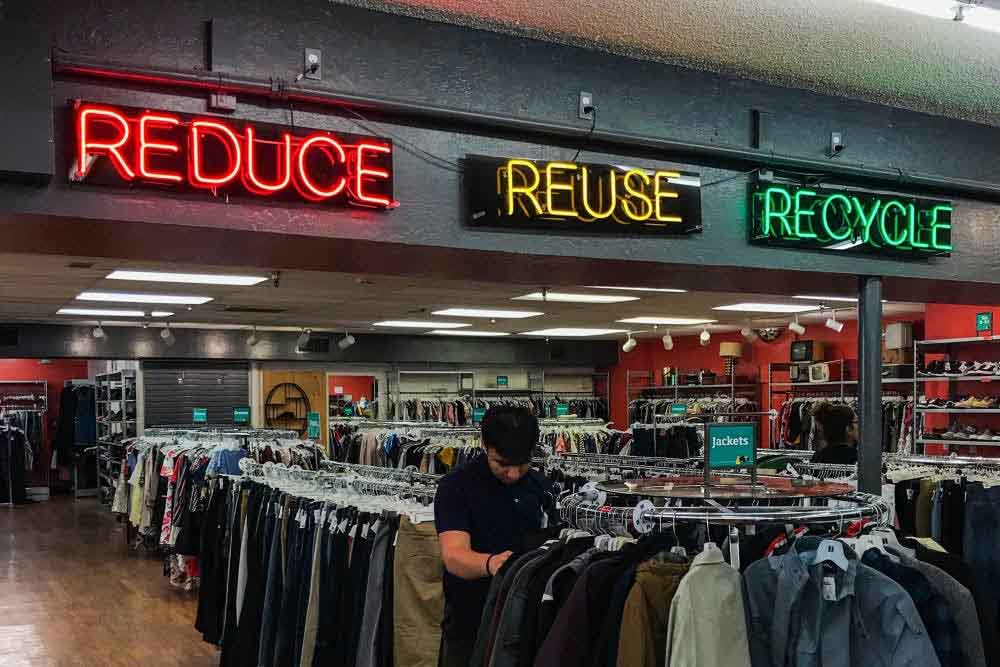
Image Source: snworksceo.imgix.net
Shopping Alternatives
With the decline in traditional luxury fashion, consumers are turning to various alternatives:
Sustainable and Ethical Brands: Brands such as Stella McCartney and Patagonia are gaining traction for their commitment to sustainability and ethical production. These companies appeal to consumers who want to make responsible purchases.
Local Artisans and Designers: Supporting local craftsmanship has become a popular trend. Local designers offer unique, high-quality items that reflect cultural heritage and craftsmanship. This not only supports local economies but also ensures more sustainable production practices.
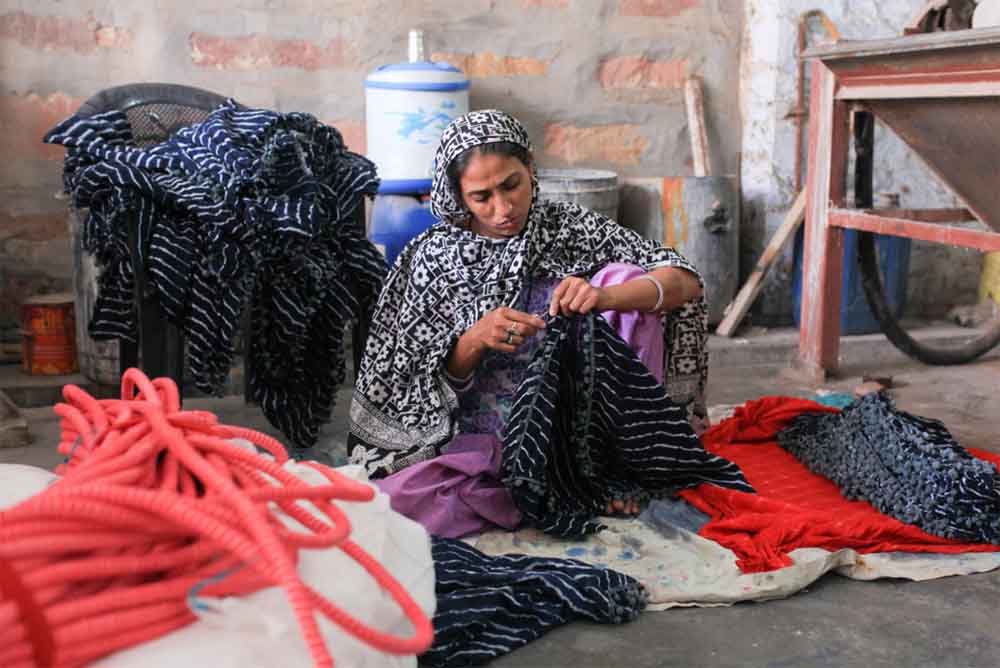
Image Source: buildanest.org
Vintage and Thrift Shopping: The trend of thrifting and buying vintage has surged, driven by the desire for unique pieces and sustainable consumption. Thrift shops and online platforms like Saritoria and Poshmark are booming as consumers seek out distinctive, eco-friendly fashion.
Mid-Range Quality-First Alternatives: Many mid-range and high-quality fashion brands have emerged as winners of the niche fashion bag or shoe status. By providing unique designs, and top-notch craftsmanship at a relatively lower rate than high-end luxury, brands like DeMellier and Polène Paris have become cult favourites amongst fashion lovers.
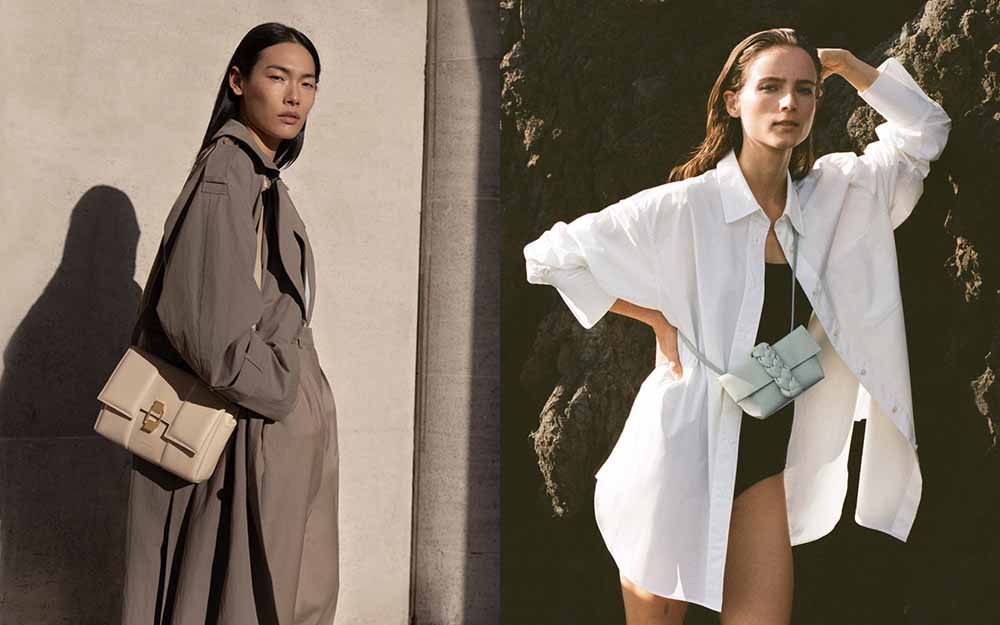
Image Source: Wwd.com
India and Luxury
While the world may seem to be shifting away from luxury, the Indian economy may be going the opposite path. With various store openings in the recent past from brands like Tiffany’s & Co., Tod’s, Bottega Veneta and many more, luxury seems to be making its place in India. This new advent of luxury in India may be associated with the country’s growing wealth.
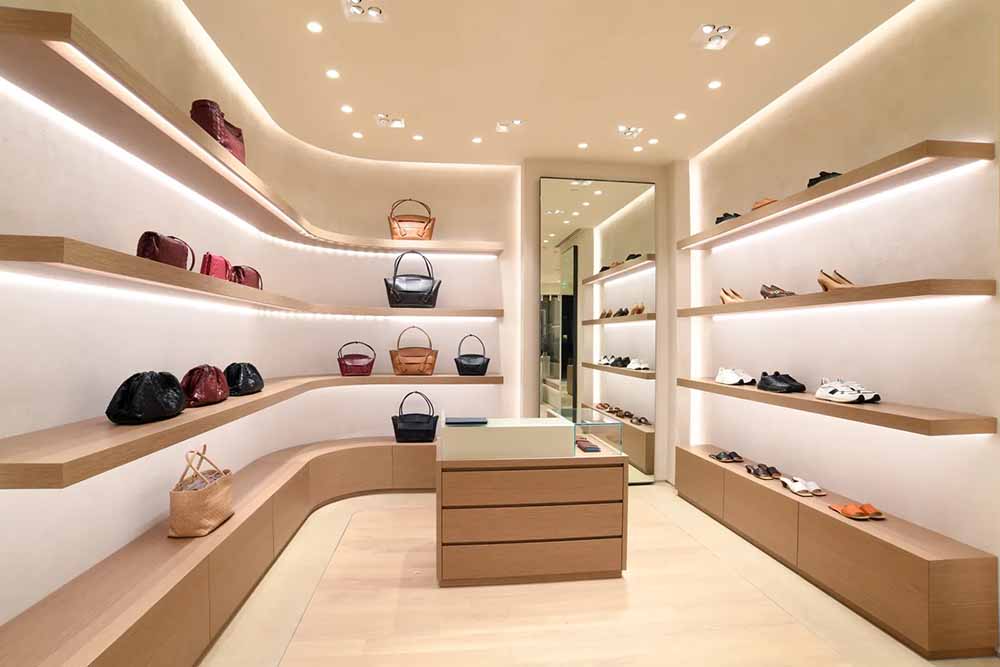
Image Source: Vogue.in
According to the Wealth Report 2024 by Knight Frank, the number of ultra-high-net-worth individuals (UHNWIs) in India, with a net worth of over $30 million, is projected to increase from 13,263 in 2023 to 19,908 by 2028. In 2023, India saw a 6.1 per cent annual rise in its UHNWIs, reaching 13,263 individuals. Additionally, Bengaluru is anticipated to become one of the world’s fastest-growing millionaire hubs over the next decade. A Wealth Report by Henley & Partners, in partnership with New World Wealth, highlighted that India is projected to see the largest growth in private wealth among the BRICS nations. Over the past decade, private wealth in India grew by 85 per cent, placing it second in the BRICS HNWI ranking, with 326,400 millionaires, over 1,000 centi-millionaires, and 120 billionaires.

Image Source: business-standard.com
The overall shift away from traditional luxury fashion reflects broader changes in consumer values and priorities. As sustainability, economic prudence, and unique personal expression take centre stage, the industry must adapt to stay relevant. By embracing local luxury, supporting ethical brands, and leveraging technology, the luxury fashion sector can reinvent itself for a more conscious and discerning consumer base.
